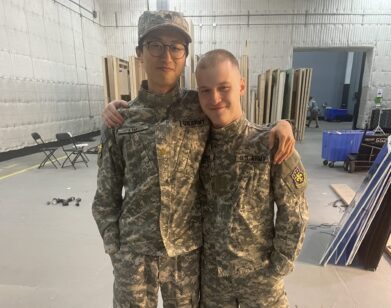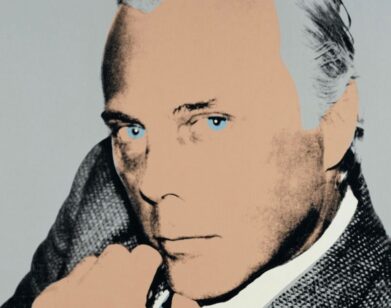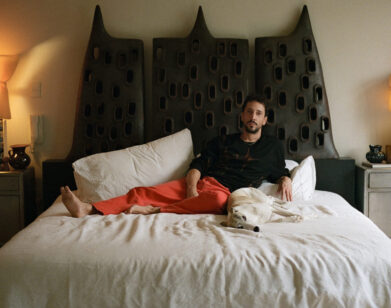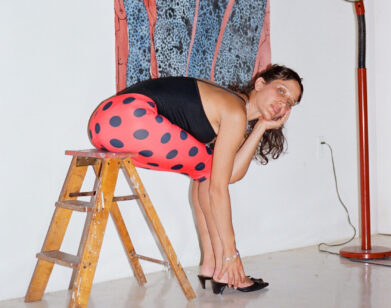Beth Bernstein’s Family Jewels
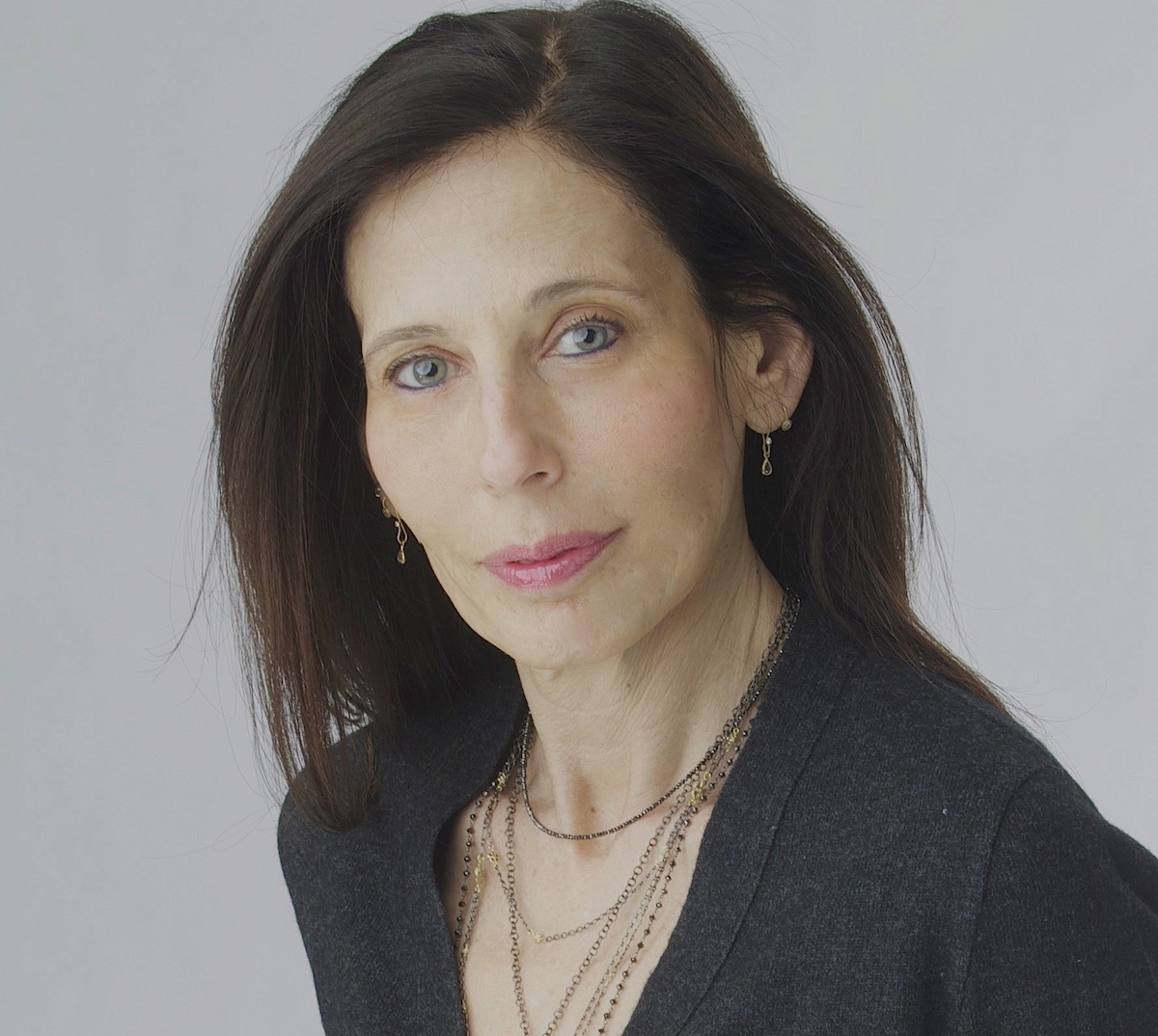
Jewelry can be about flash and bling, but it always carries deep emotional value. In Beth Bernstein’s touching memoir My Charmed Life (NAL Trade), she reflects on the loves and losses in her life, tying together sad and sentimental moments withjewelry. When Bernstein’s glamorous mother unexpectedly dies, she does not go through her mother’s jewelry box for months. Finally she picks up the courage to face her loss and open the box, and begins to examine platinum pieces which illuminate her parent’s divorce, her own failed romantic relationships, and the tumultuous path her life has taken. Told with charming humor and courageous candor, Bernstein takes us past the superficial to a universe where she explores the deep sentiments and memories behind diamonds, pearls, and pendants—and the permanence they can provide in the face of personal tragedy. We spoke with Bernstein about her days as a stylist, why fashion and men have been fleeting but jewelry stays, whom she will bequeath her own treasures to, and how gems heal her.
ROYAL YOUNG: What’s your relationship to jewelry?
BETH BERNSTEIN: My parents were both in the fashion business, so I had an eye for fashion when I was young. My dad always brought textiles home. When I became a fashion stylist, I styled backwards. I would go to Marc Jacobs or Oscar de la Renta and play with the jewelry first. Then I would match the clothes to the jewelry. I loved restyling jewelry, making long necklaces into sashes. My grandmother had a great collection, a lot of faux and a lot of real, and when I was very little I would play in her jewelry box and want to dress her up. The first time I saw To Catch a Thief, with Grace Kelly looking so beautiful, or Breakfast at Tiffany’s was at my grandmother’s house. I was so influenced by that. My mom had a lot of sentimental jewelry, and when she died, when I was 32, it was a turning point.
YOUNG: At that point in your life, did jewelry take on a deep emotional pull? Did you use it as a way to understand loss?
BERNSTEIN: Yes, I didn’t go through my mom’s jewelry box for three months, I just couldn’t. When I finally did go through her jewelry box, I realized that she had a pendant I had made her as a kid, she had the love beads that I brought her in the ’70s. She kept everything. She still had Mikimoto Jackie O pearls. I realized it had really defined her life. Instead of a wedding ring, my father gave my mother a watch, and I realized too that my father couldn’t really commit to her, and it was represented by that watch.
YOUNG: It seems to me that represents a practical union over a romantic one.
BERNSTEIN: Yes, in a wedding ring the diamond represents longevity and the band is continuity. None of that was in their relationship.
YOUNG: To a lot of people jewelry is surface, but to you it has so much deeper meaning.
BERNSTEIN: I’ve thought about that a lot. Jewelry can be superficial because it’s like an expensive car, it can be about being showy, about power. Jewelry has always represented wealth, power, and royalty. But there’s something much deeper than that. During Queen Victoria’s reign, that’s when sentimental jewelry and memorial jewelry really became big. There are also gimmel rings for couples, which broke apart so each person could wear a piece. But it doesn’t have to be some big rock, it just has to be something someone you really care about gave to you.
YOUNG: How did that play out in your life?
BERNSTEIN: My first going-steady ring in fifth grade was turquoise and sterling silver, and he took it back from me after three weeks in front of all my friends. It turned my finger green. Another guy re-gifted a ring that his college girlfriend gave to him. That became reflected in the rest of my life, where the guy gives me the ring or doesn’t give me that ring, but always goes away. Then in my 40s, I started going out with an Italian guy on and off for six years, which was very tumultuous. In the end, instead of wedding band, he bought me a watch, just like my father had done with my mother, and I knew in that moment, he would never make a commitment.
YOUNG: So a lot of this is about finding symbolism and meaning in objects.
BERNSTEIN: Yes, jewelry for me has always been permanent, passed from one generation to another. Everything else is fleeting, but jewelry has a history for me that is forever.
YOUNG: Whom do you feel you are going to pass down your jewelry to?
BERNSTEIN: My niece, my youngest brother’s daughter. She’s known my phone number since she was three and used to call me for what she called “girl talks.” I’ve never had kids, and there’s a sadness for me in that, but having her in my life has replaced that. She shares my love for jewelry; and I didn’t teach her that, she just has always loved it.
YOUNG: How does jewelry heal you?
BERNSTEIN: When I put on a piece of my grandmother’s or my mom’s jewelry, I can still feel them around me. On the anniversary of my mom’s death, I do the same thing every single year: I put on her jewelry. Nothing can really stop up her emptiness, but that makes me feel like she’s close to my heart.
MY CHARMED LIFE IS OUT TOMORROW.


